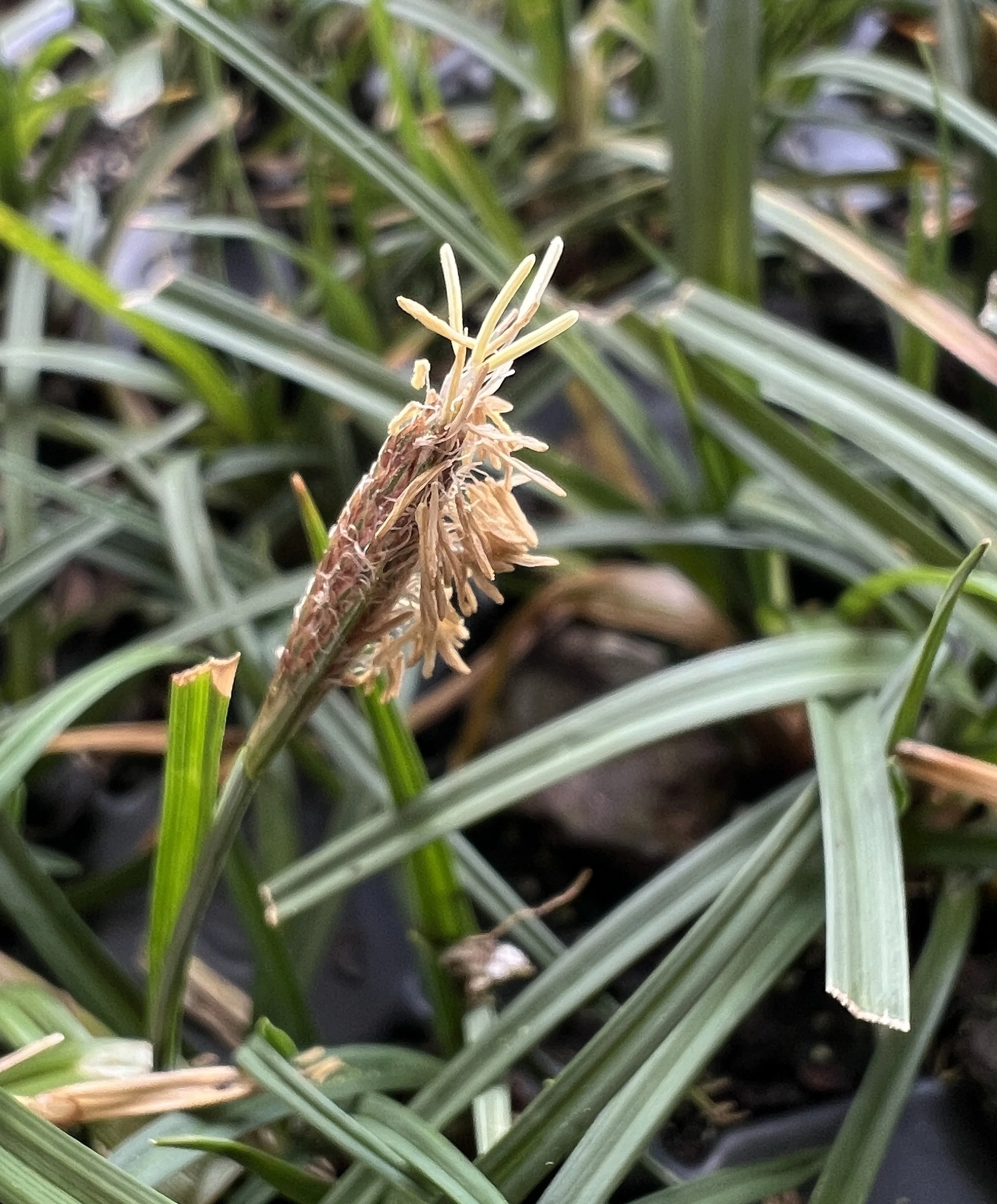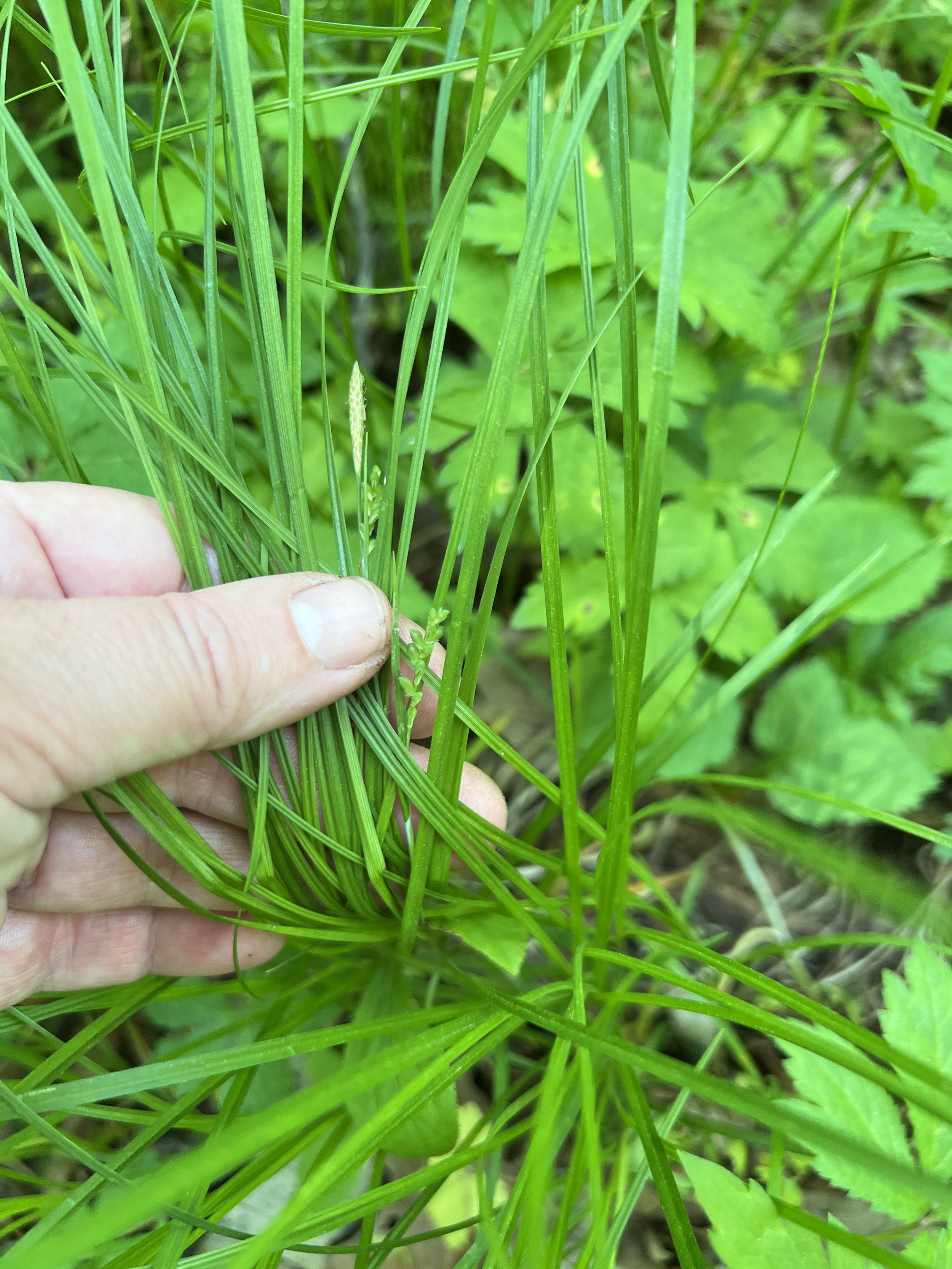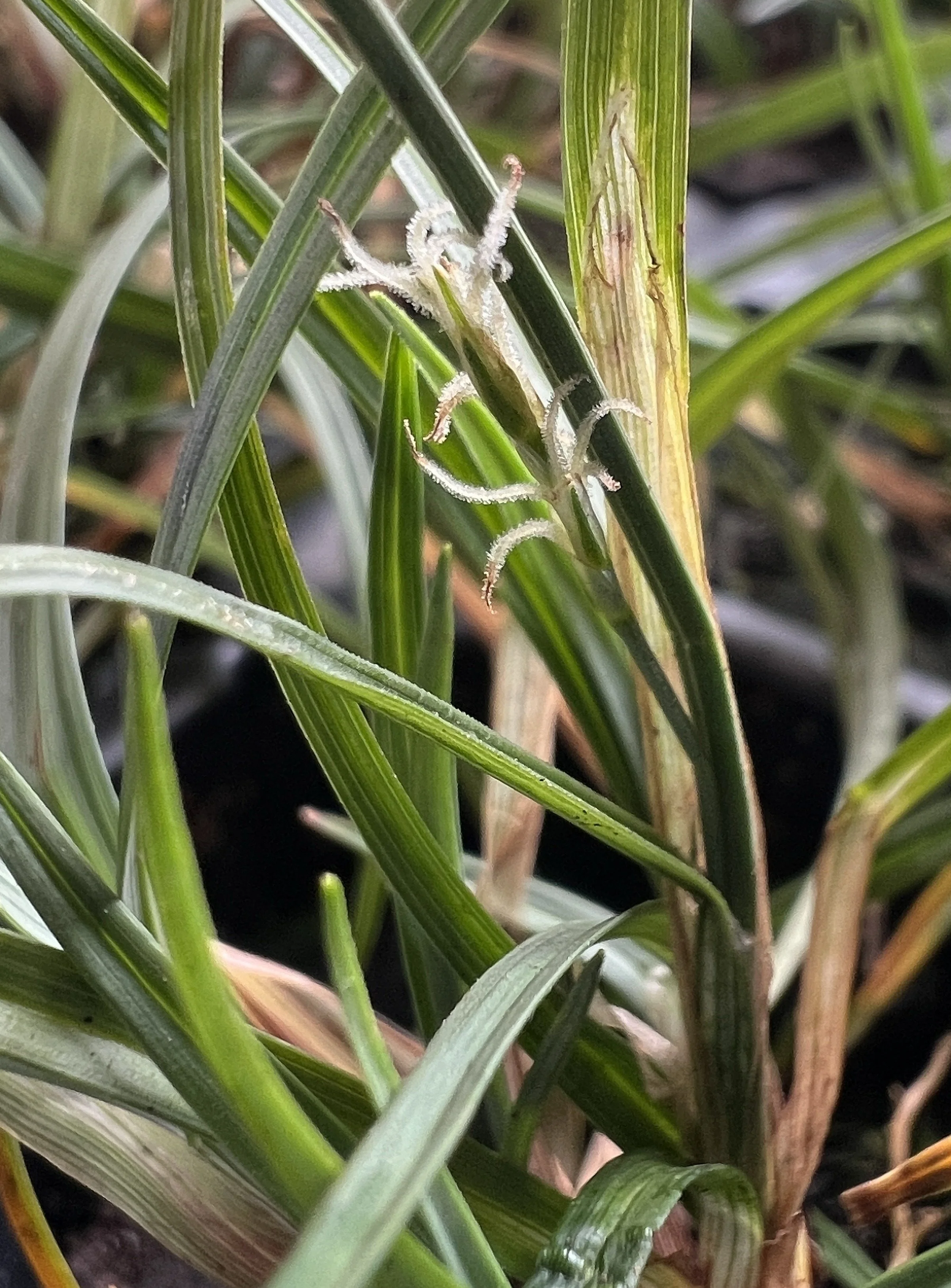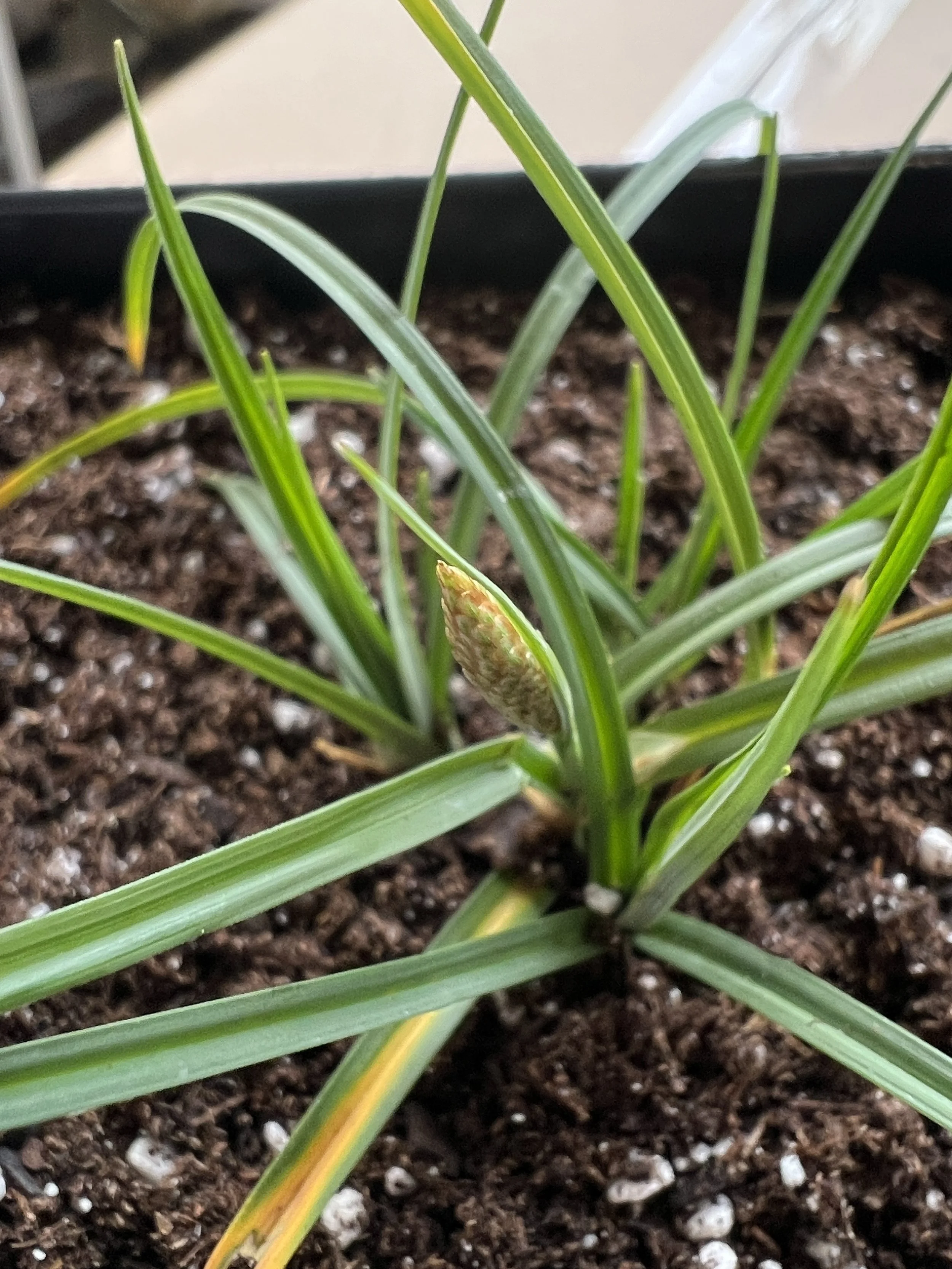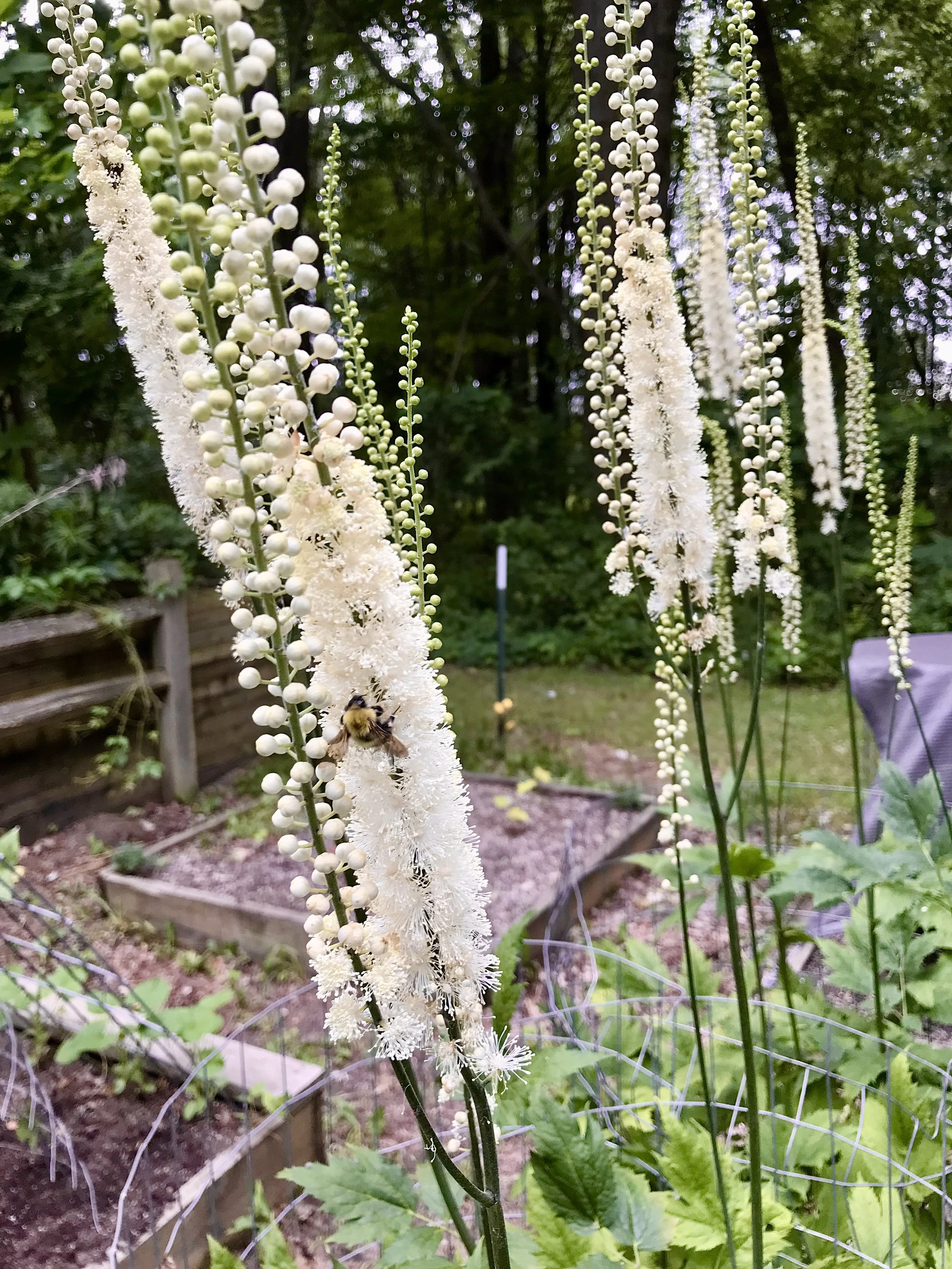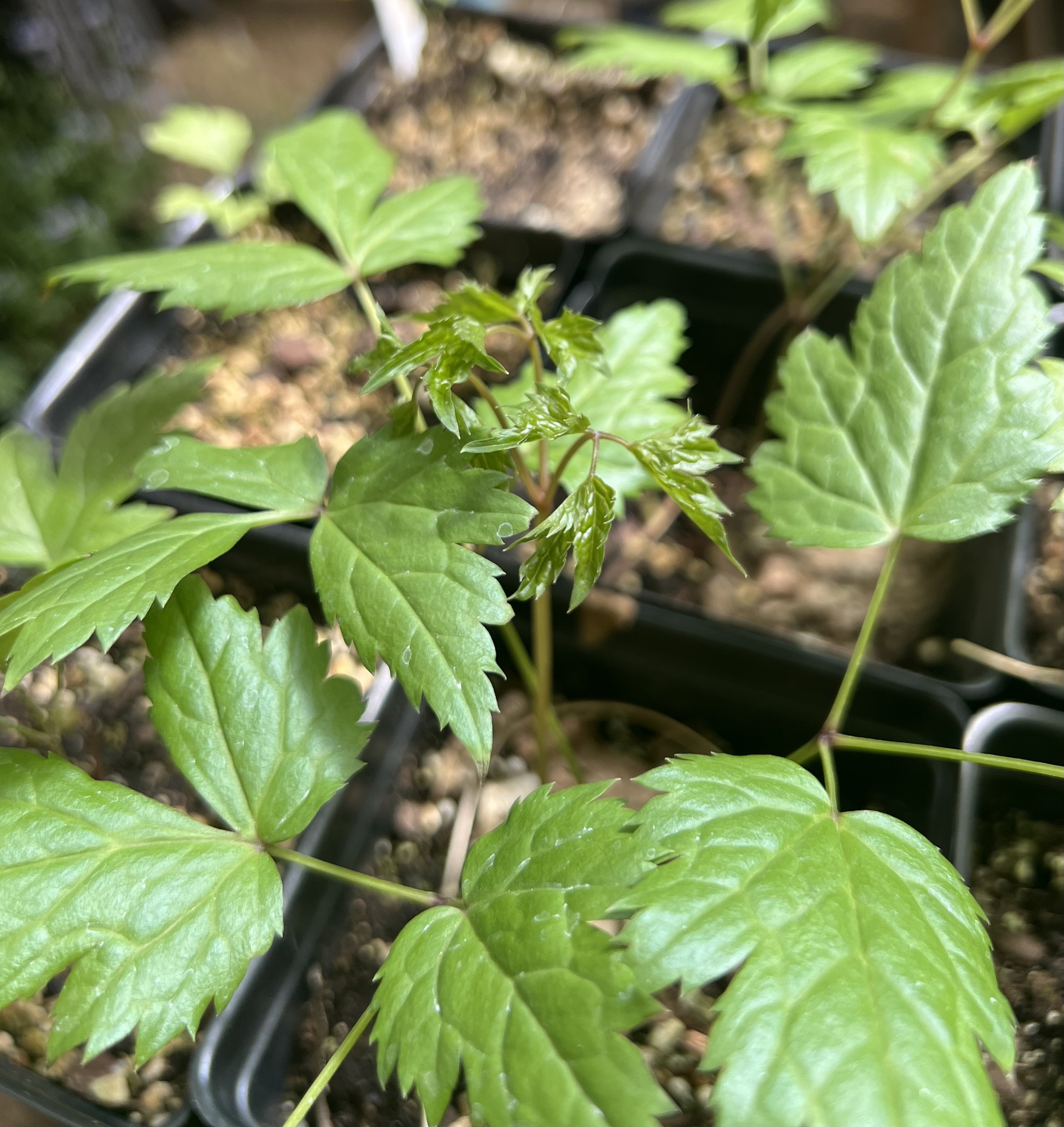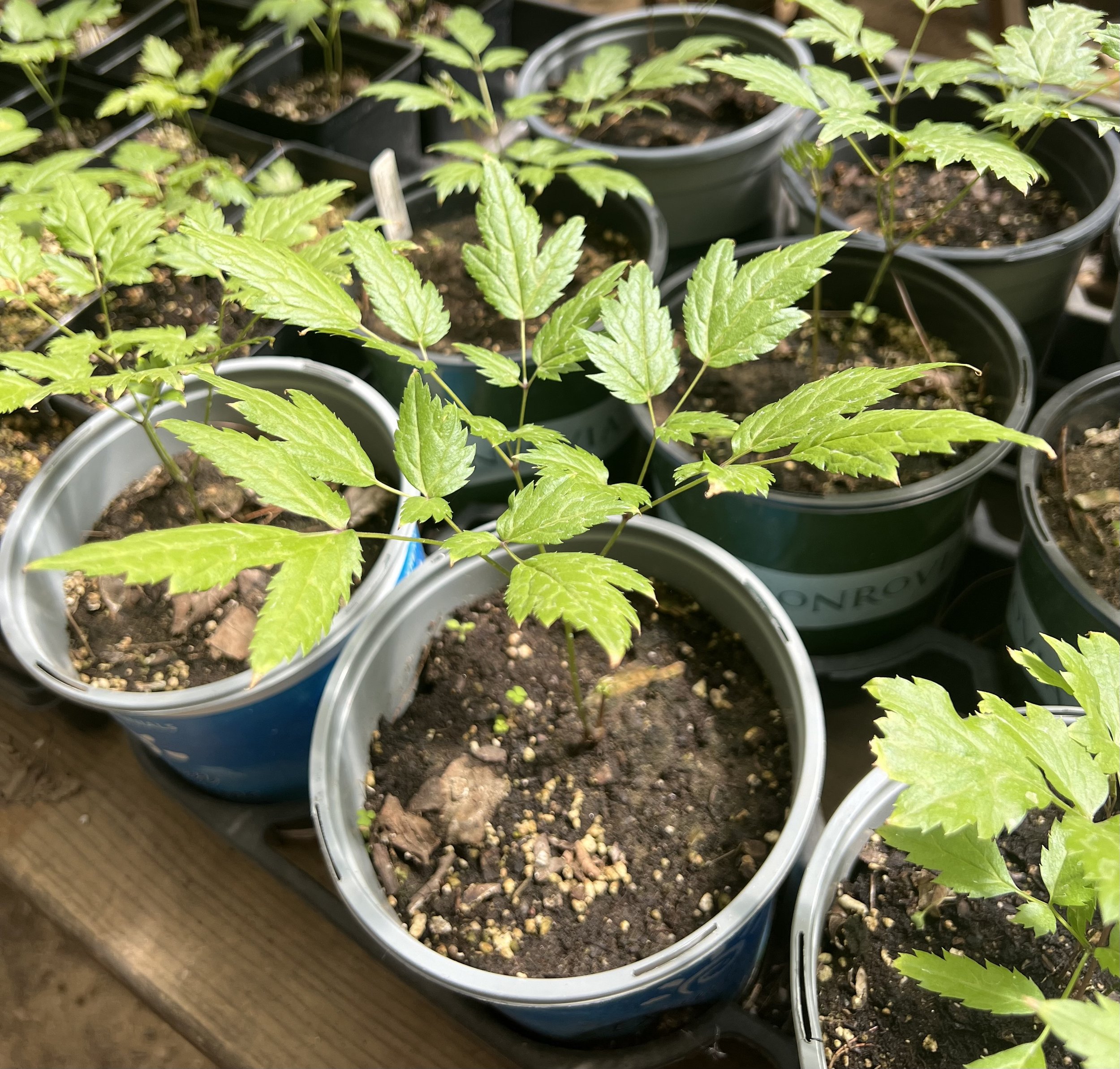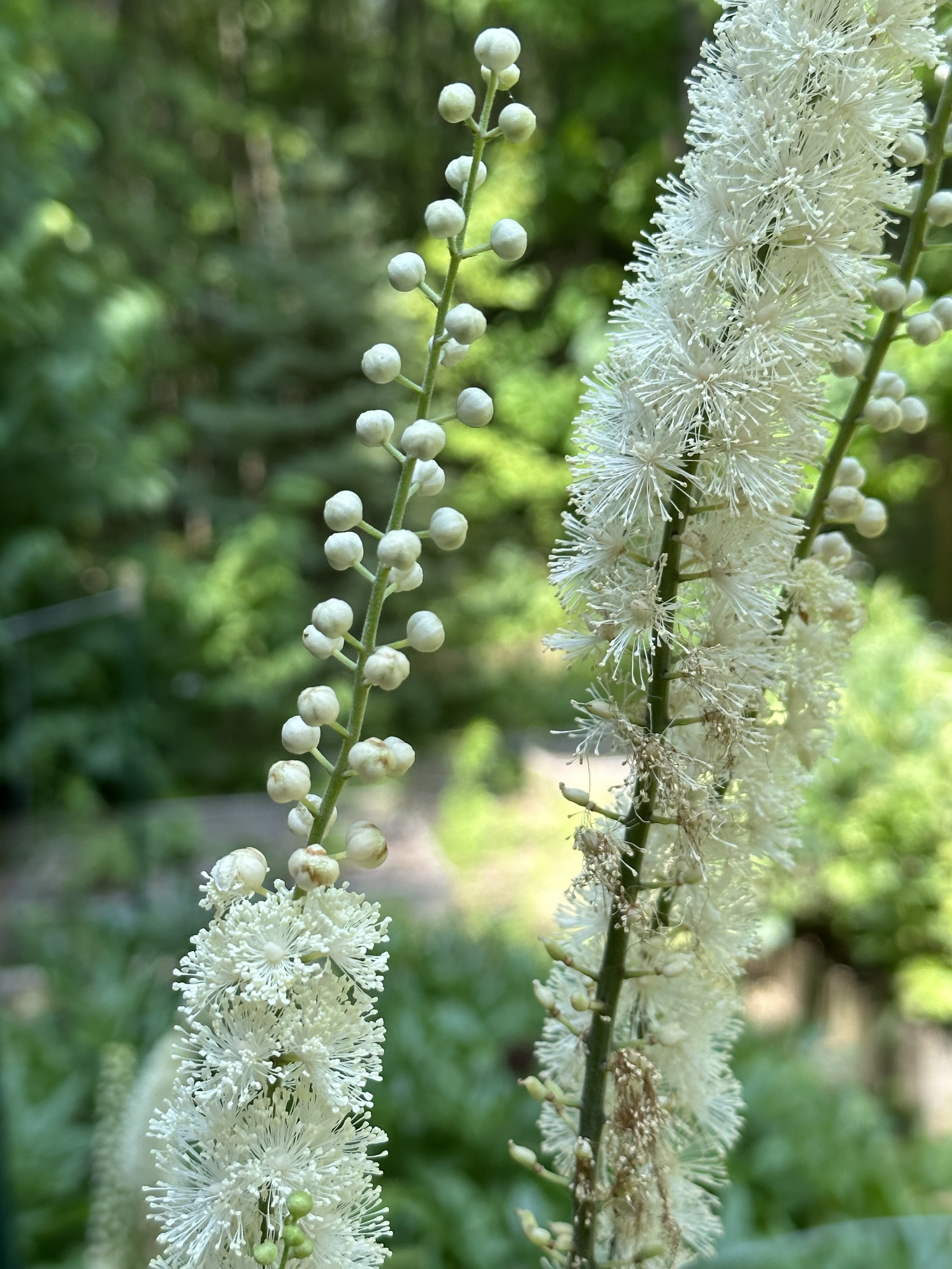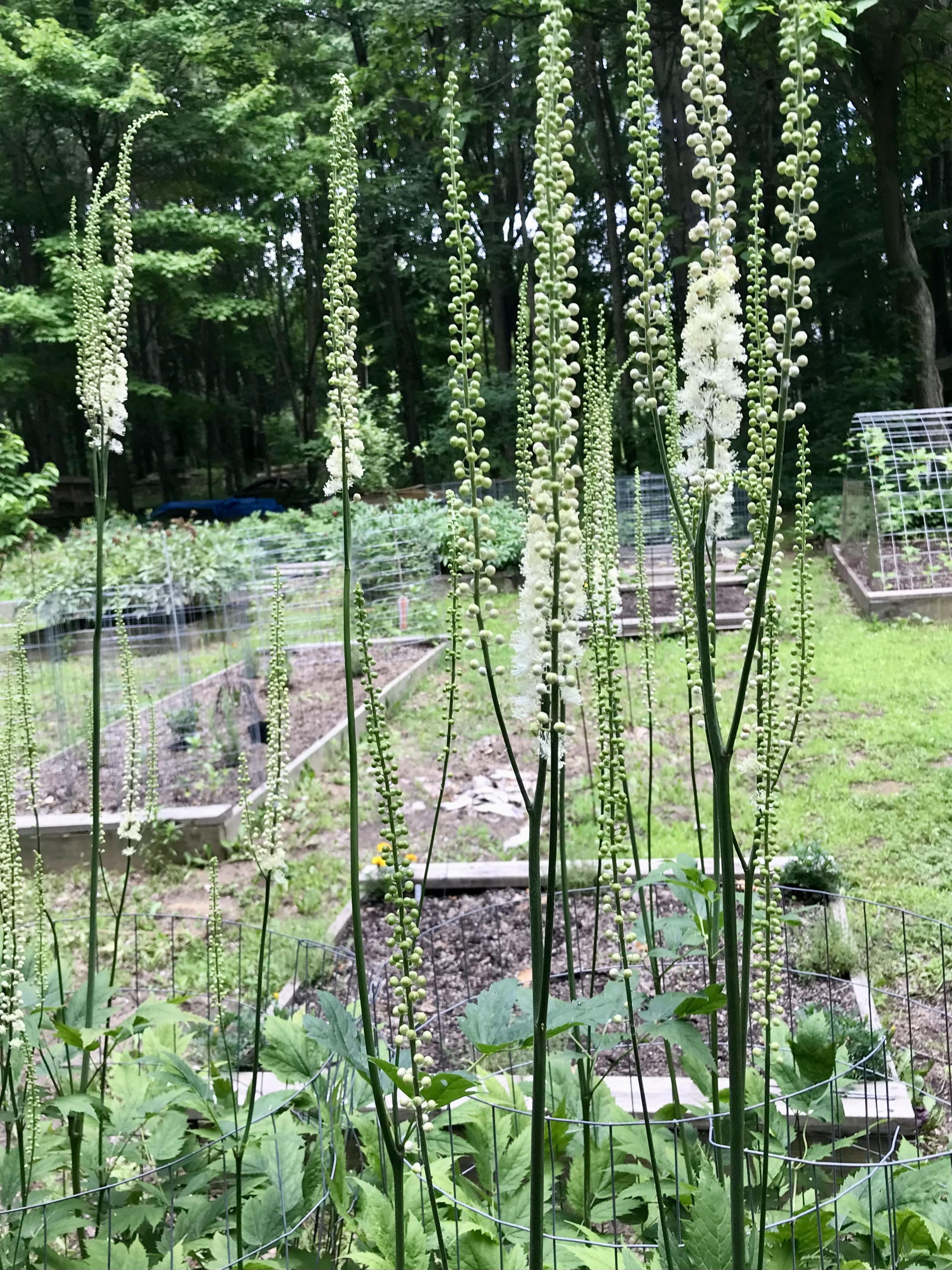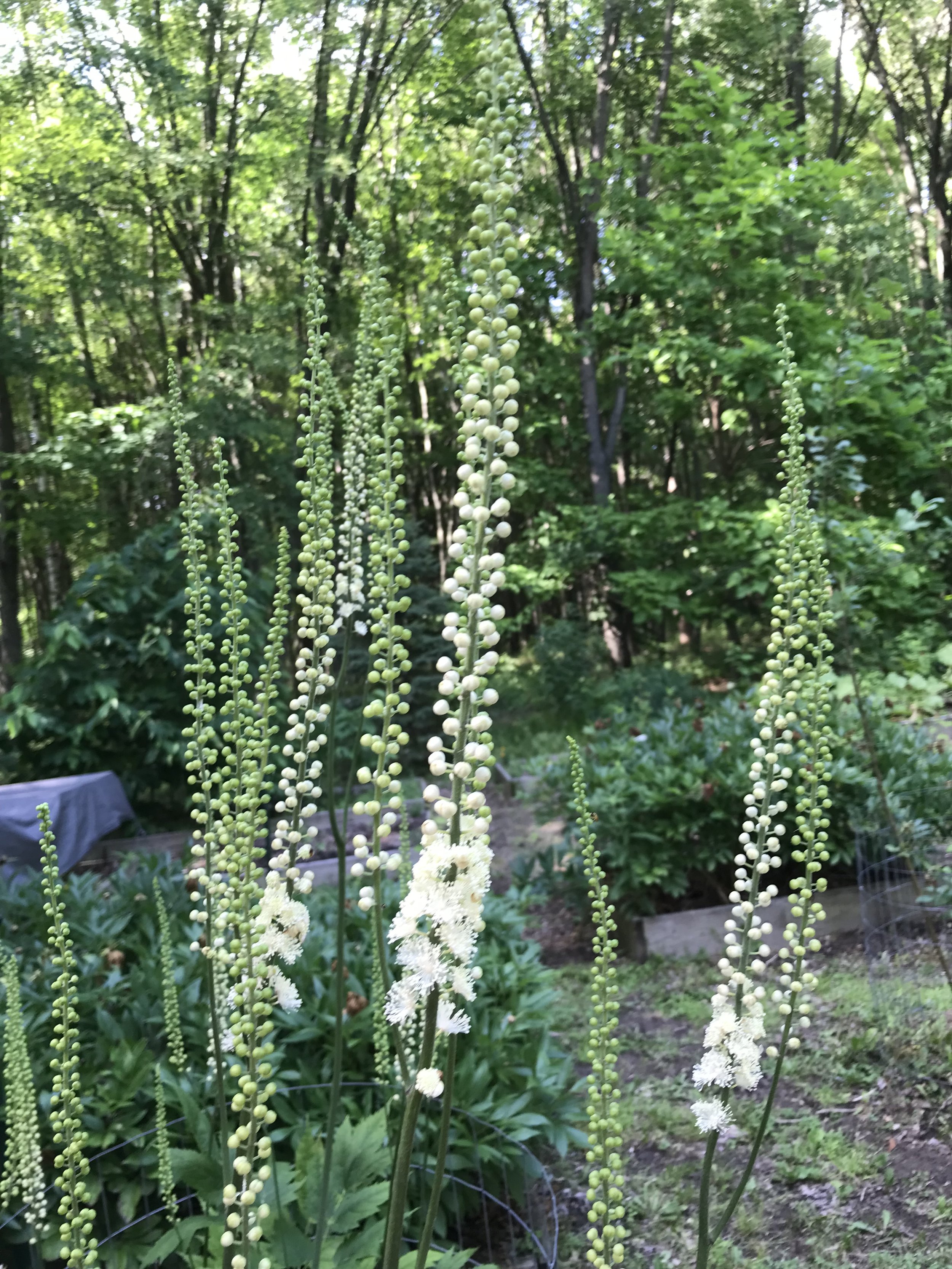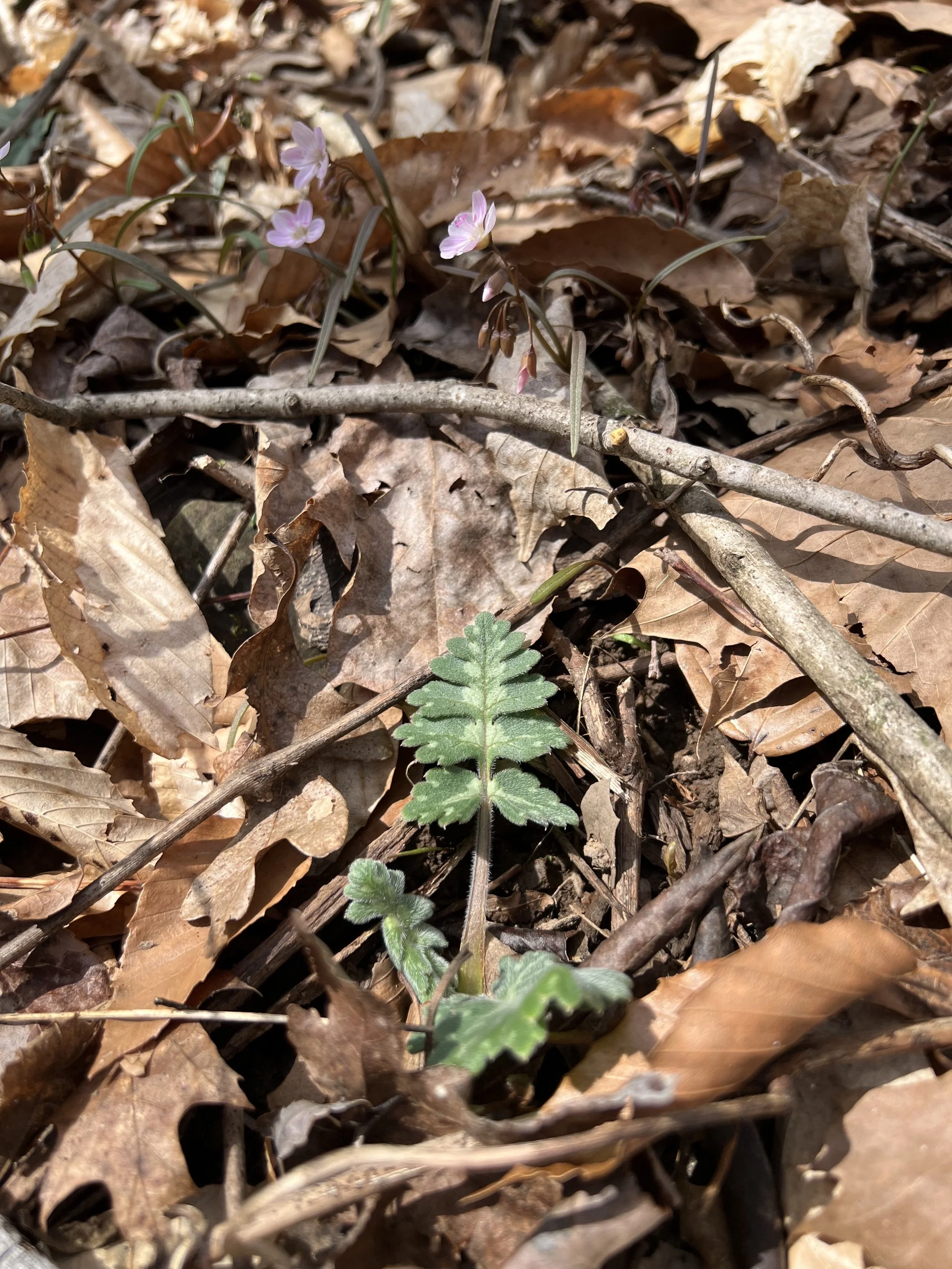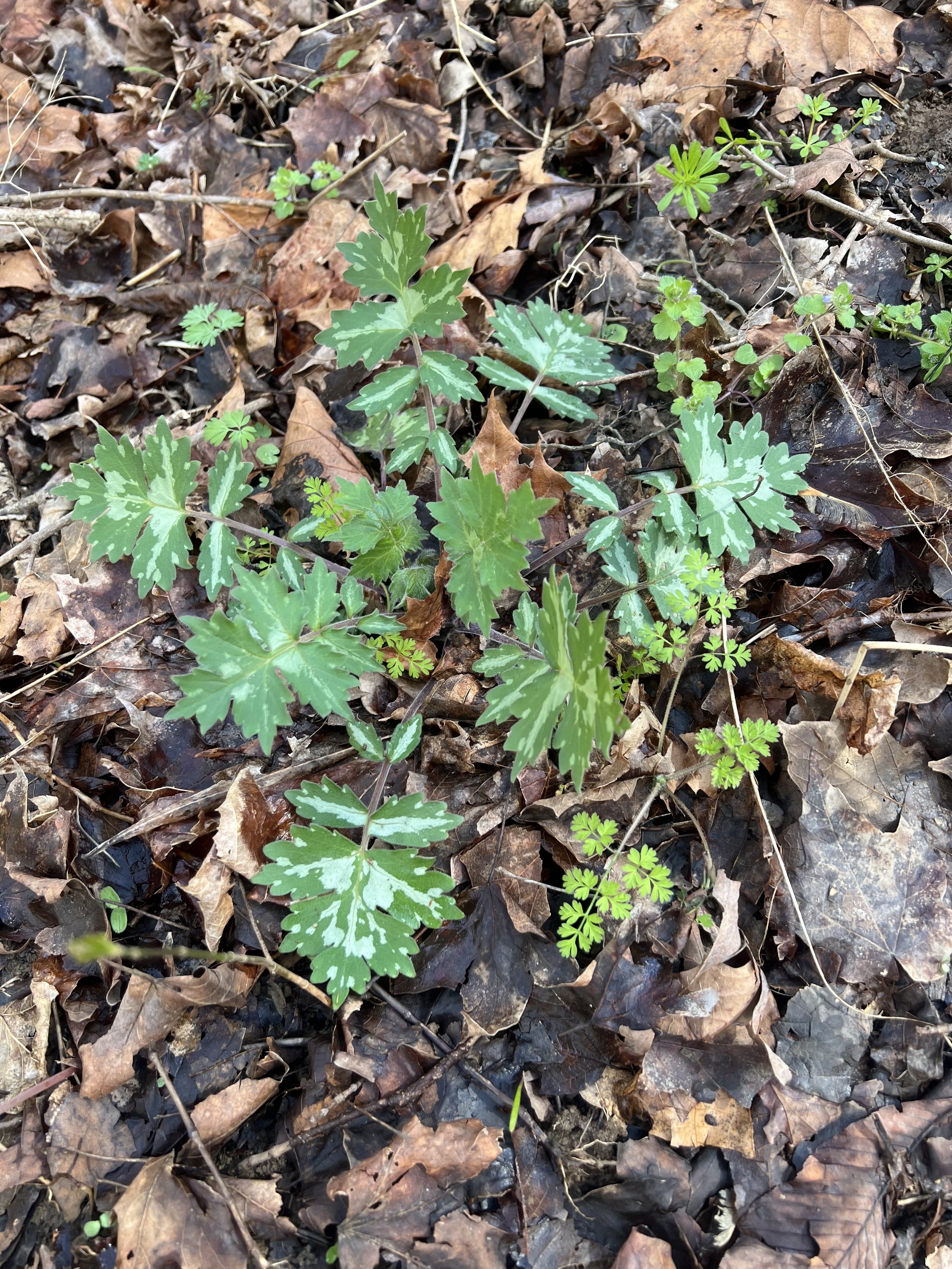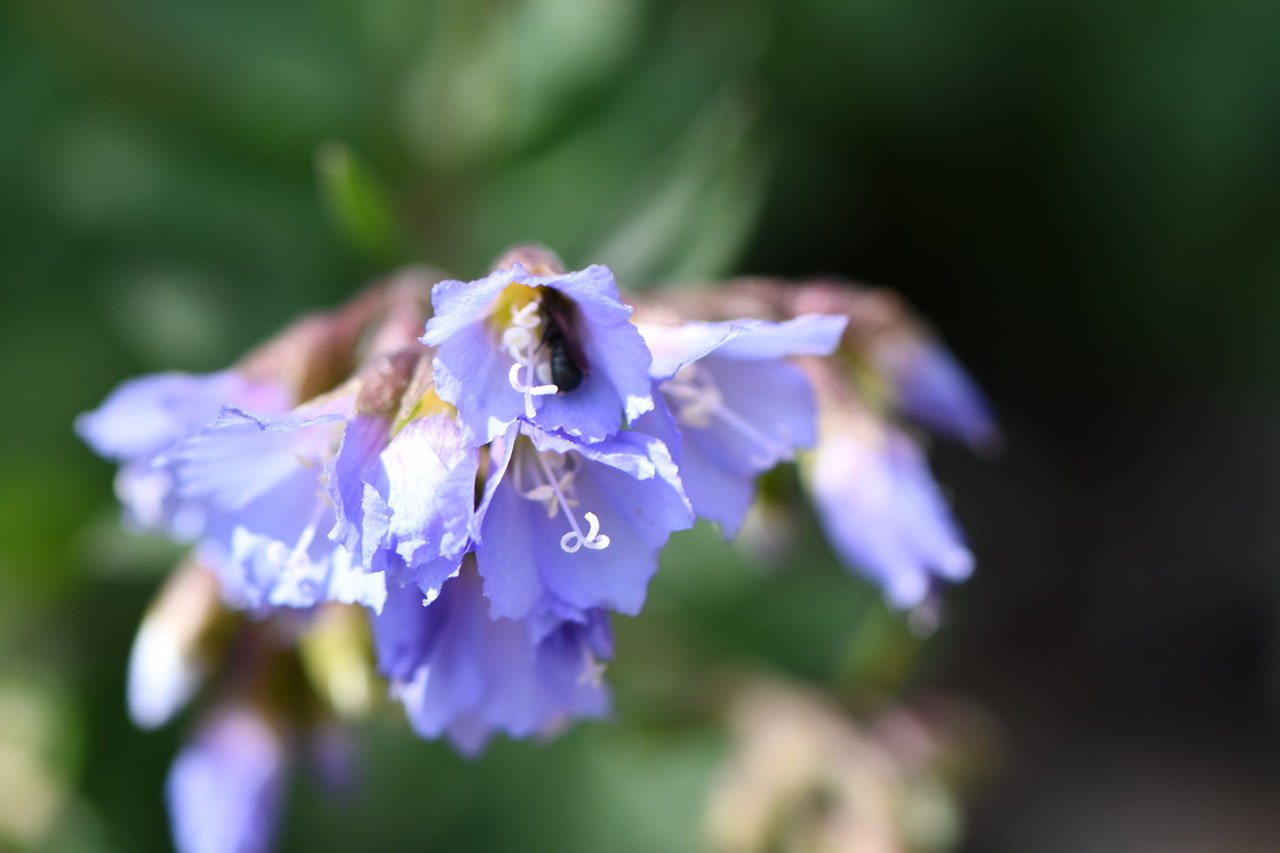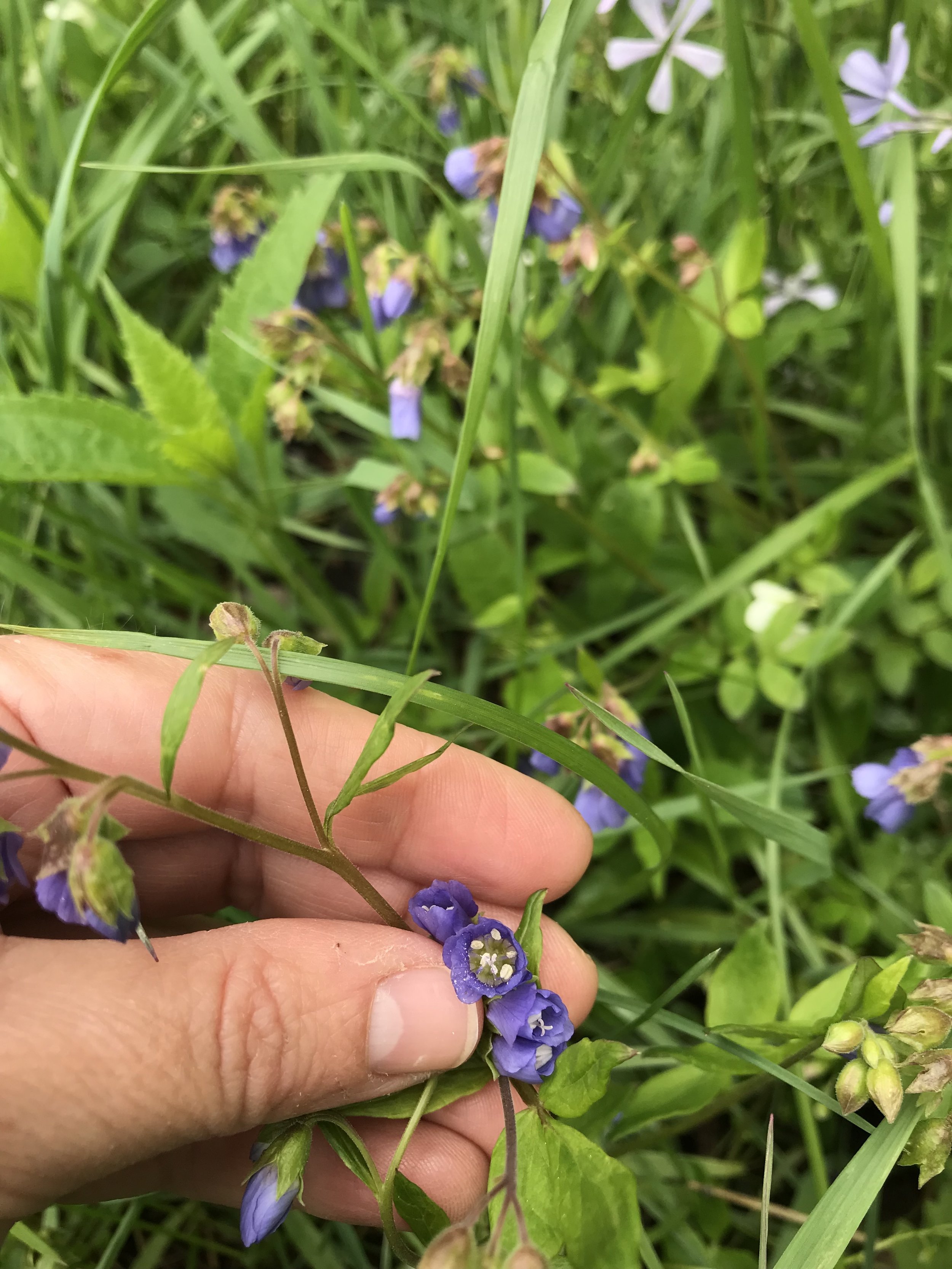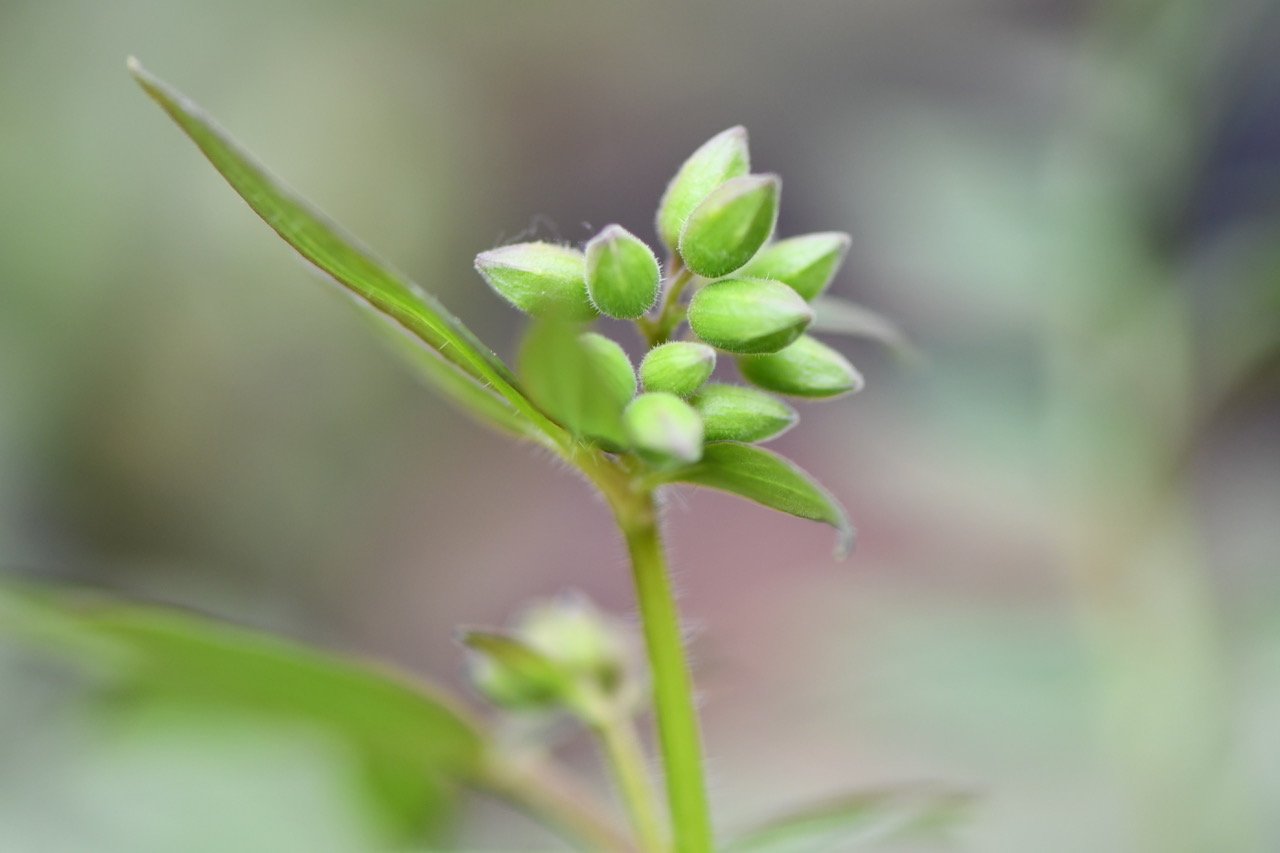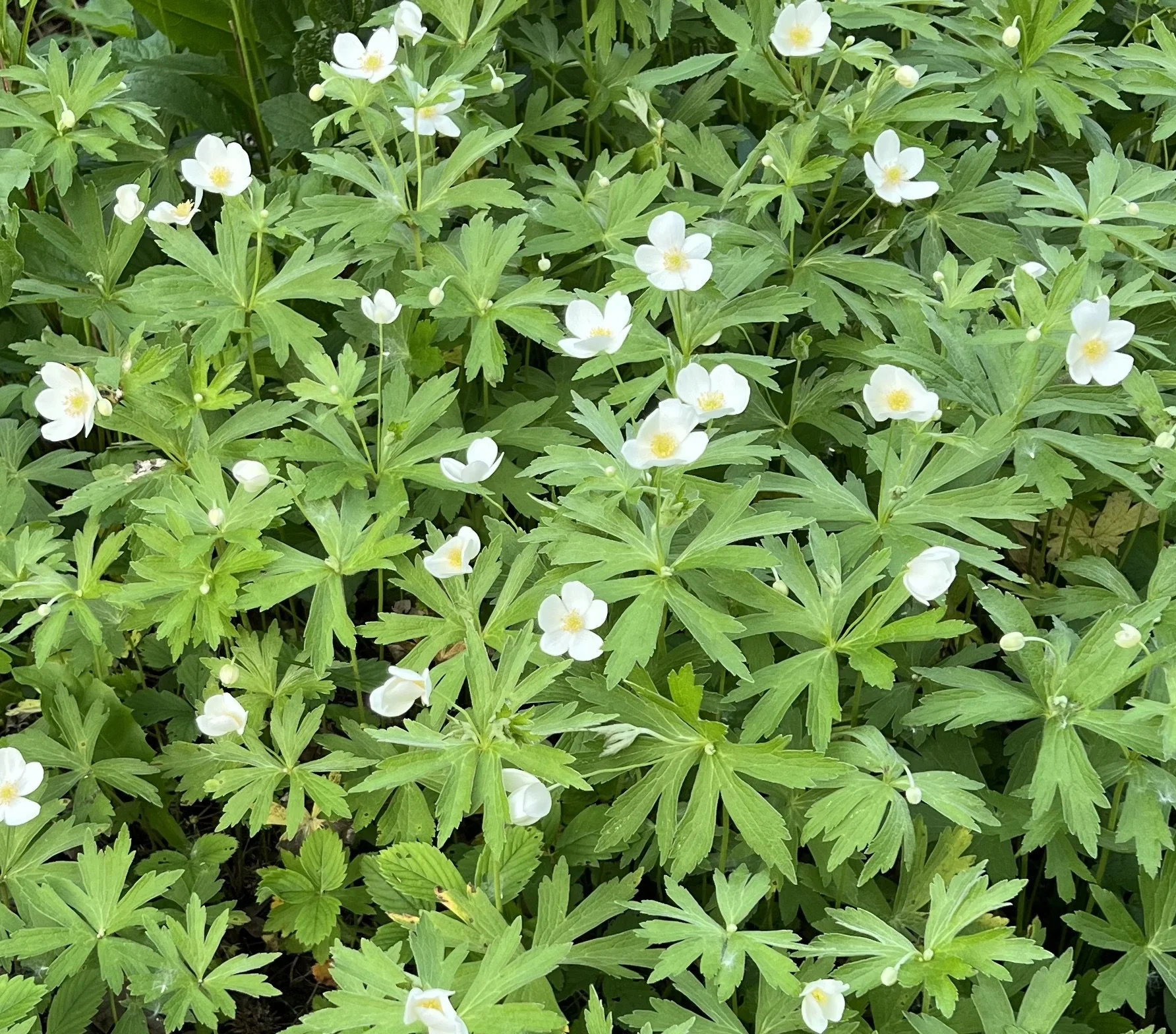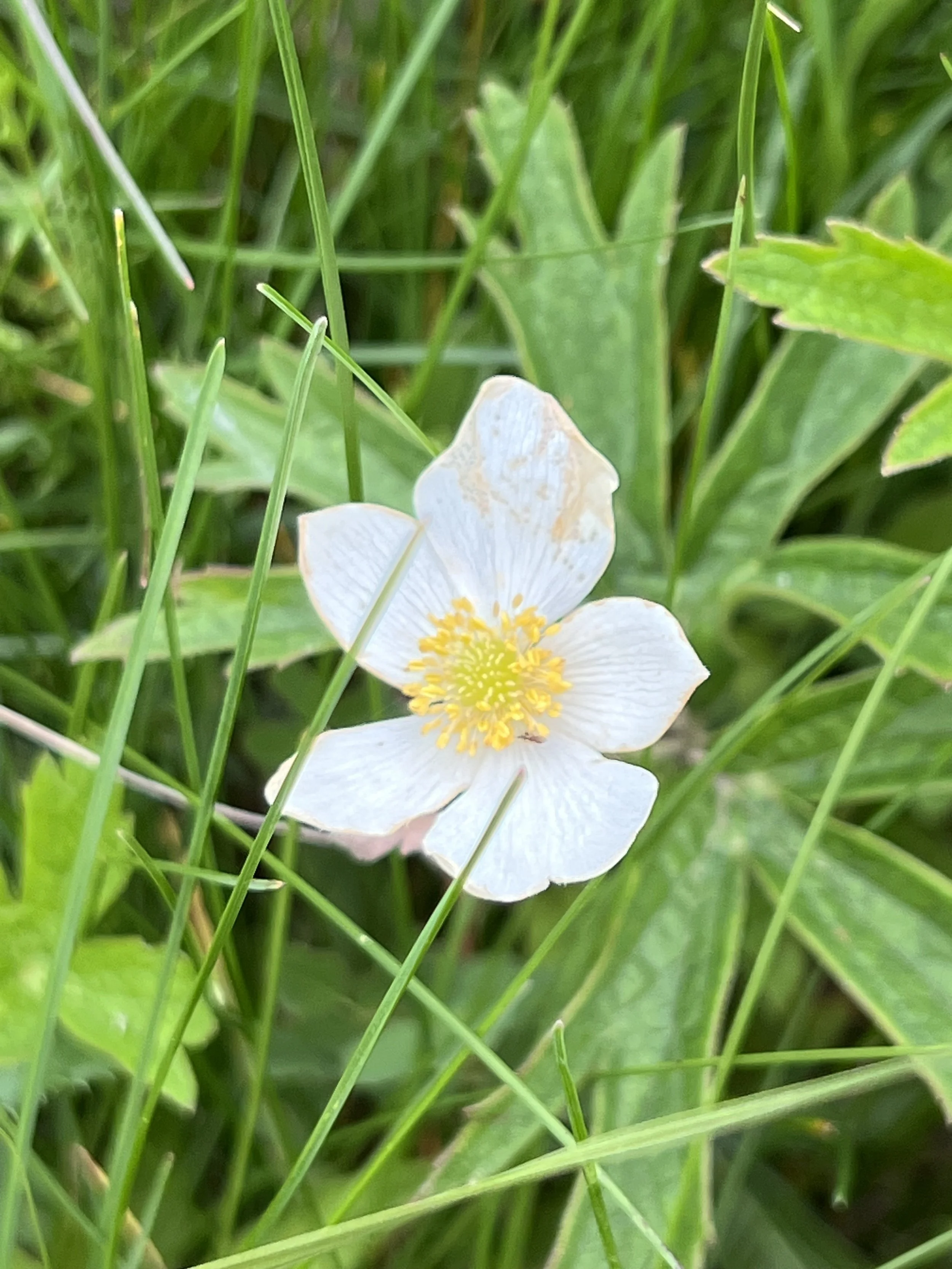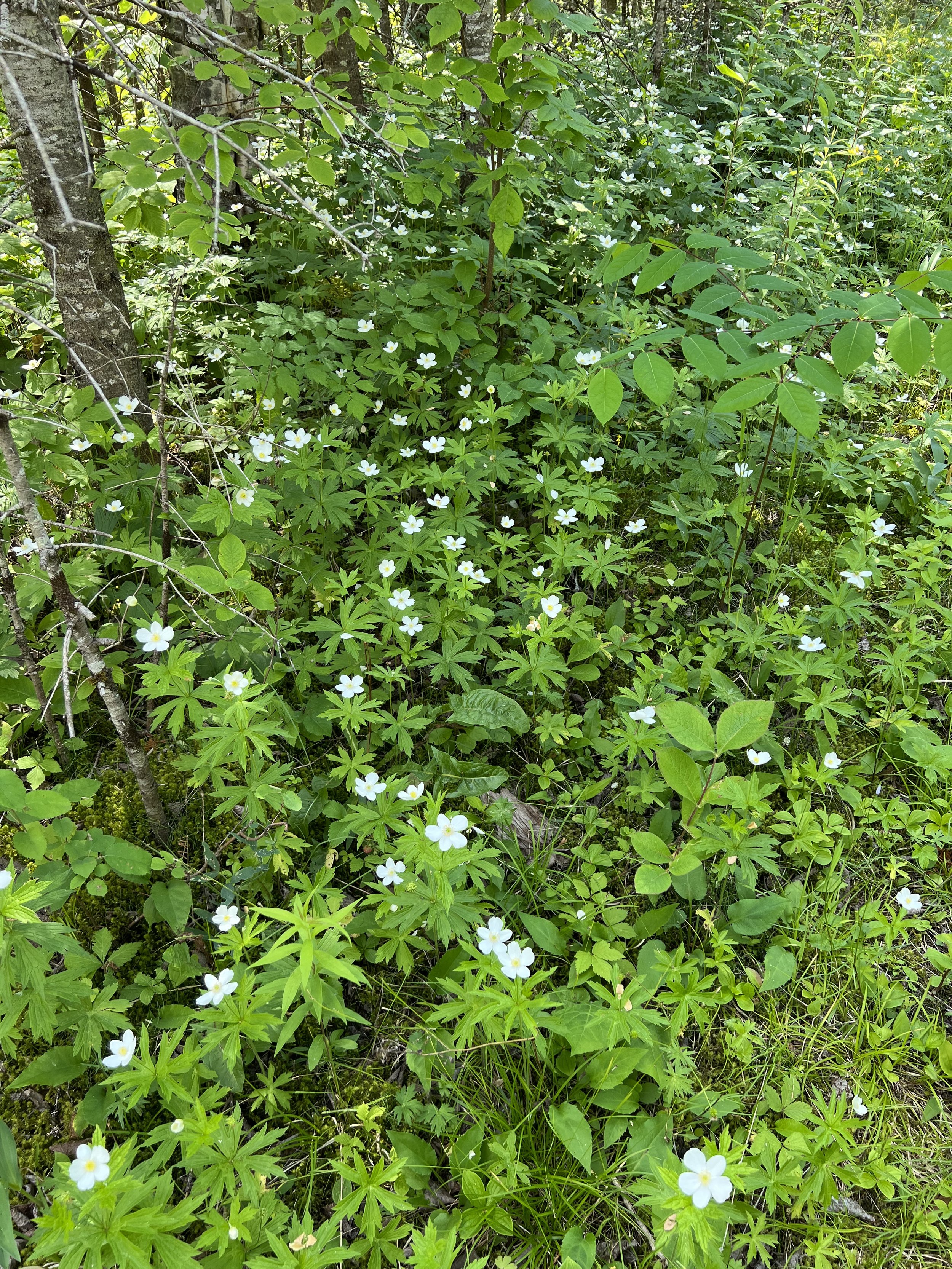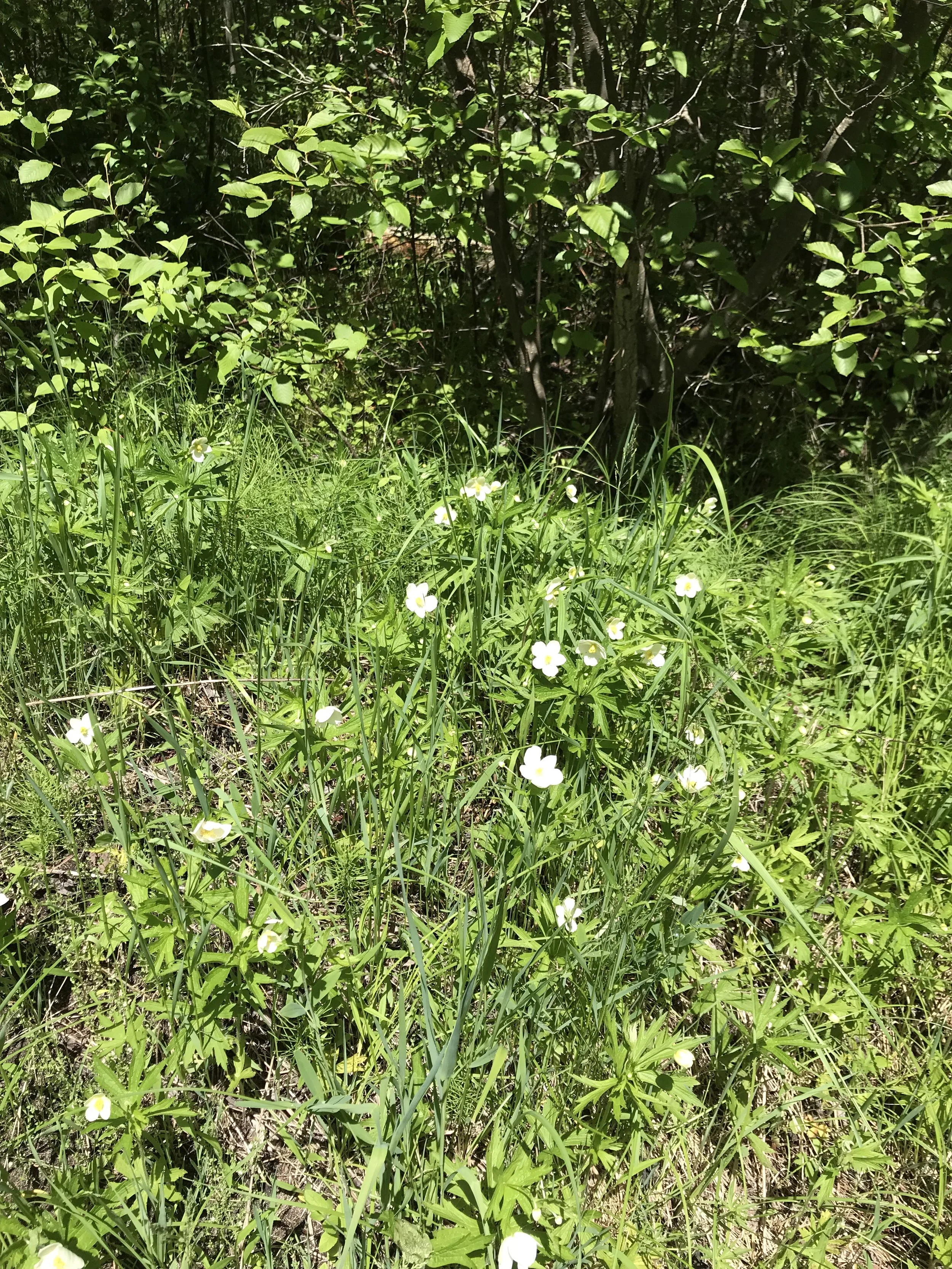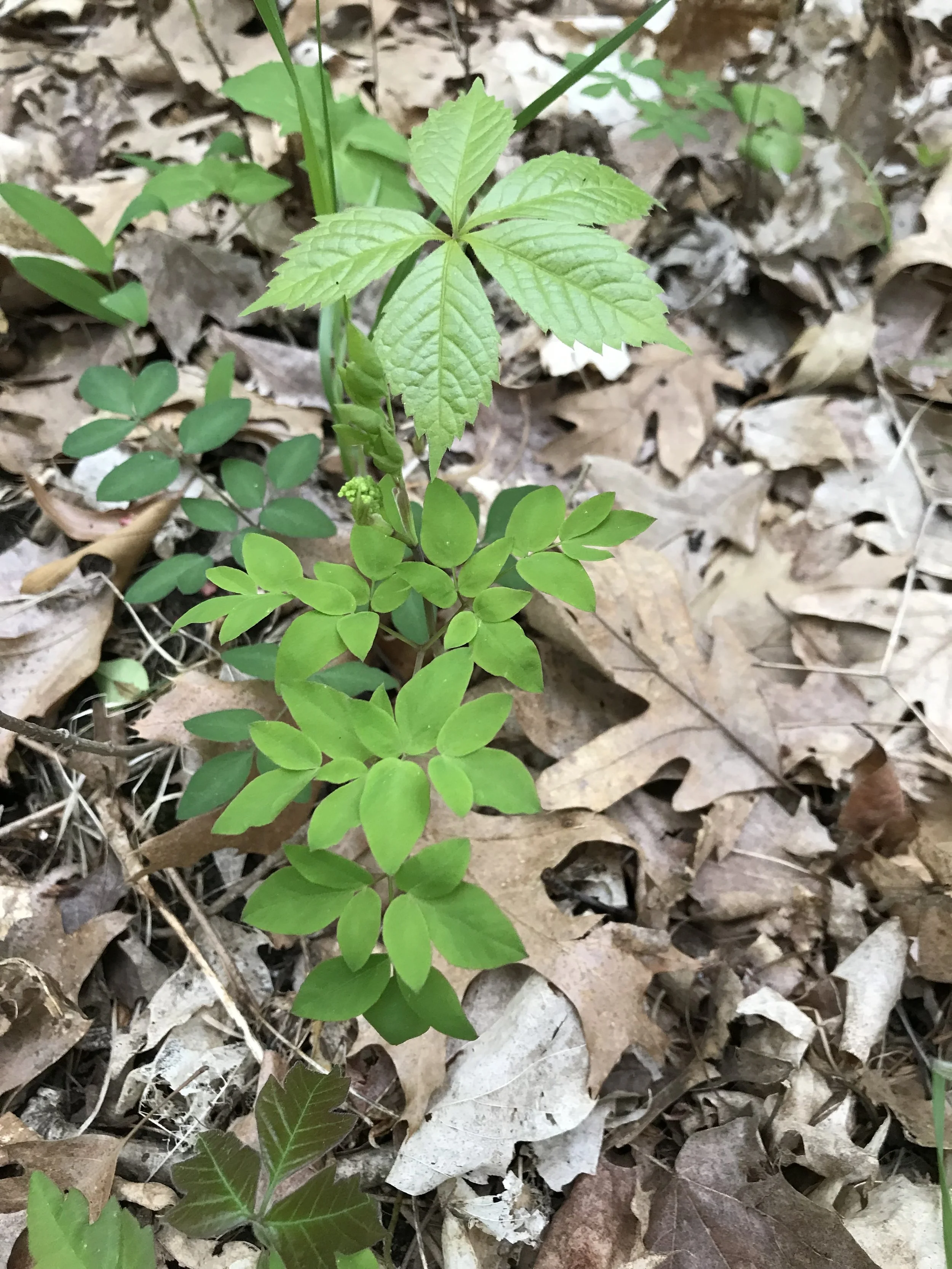 Image 1 of 8
Image 1 of 8

 Image 2 of 8
Image 2 of 8

 Image 3 of 8
Image 3 of 8

 Image 4 of 8
Image 4 of 8

 Image 5 of 8
Image 5 of 8

 Image 6 of 8
Image 6 of 8

 Image 7 of 8
Image 7 of 8

 Image 8 of 8
Image 8 of 8









Yellow Pimpernel (Taenidia integerrima)
from $3.50
Sold Out
Yellow Pimpernel is a lovely plant in the carrot family. As such, it is a host plant for the black swallowtail butterfly. The flowers attract many bees and flies coming in for pollen and nectar.
This plant grows 1 to 2 feet tall, and has an airy appearance with compound leaves. The leaflets are oval with smooth edges. The tiny, yellow flowers are in an umbel form (flat-topped).
It is naturally found on hillside prairies, on edges of woodlands and woodland paths, and in upland savannahs. I have seen it in a dry woods on the edge of a short-grass sand prairie. It is a dappled shade and part-shade plant that does fine with poor, drier soils.
It is one of my favorite plants to observe when it flowers in May and early June. Try pairing it with wild columbine, woodland phlox and sedges.
Yellow Pimpernel (Taenidia integerrima)
Michigan Flora reference page for state distribution: Yellow Pimpernel
Height: 1-2’
Bloom time: May-June
Soil: clay, loam, sand
Sun: dappled light, part shade
Plant spacing: 1-2’
Flower: umbel of tiny yellow flowers
Life cycle: perennial
Family: Apiaceae
Michigan native: yes
Seed source: Michigan
Sizes:
Get notified by email when this product is in stock.
Yellow Pimpernel is a lovely plant in the carrot family. As such, it is a host plant for the black swallowtail butterfly. The flowers attract many bees and flies coming in for pollen and nectar.
This plant grows 1 to 2 feet tall, and has an airy appearance with compound leaves. The leaflets are oval with smooth edges. The tiny, yellow flowers are in an umbel form (flat-topped).
It is naturally found on hillside prairies, on edges of woodlands and woodland paths, and in upland savannahs. I have seen it in a dry woods on the edge of a short-grass sand prairie. It is a dappled shade and part-shade plant that does fine with poor, drier soils.
It is one of my favorite plants to observe when it flowers in May and early June. Try pairing it with wild columbine, woodland phlox and sedges.
Yellow Pimpernel (Taenidia integerrima)
Michigan Flora reference page for state distribution: Yellow Pimpernel
Height: 1-2’
Bloom time: May-June
Soil: clay, loam, sand
Sun: dappled light, part shade
Plant spacing: 1-2’
Flower: umbel of tiny yellow flowers
Life cycle: perennial
Family: Apiaceae
Michigan native: yes
Seed source: Michigan
